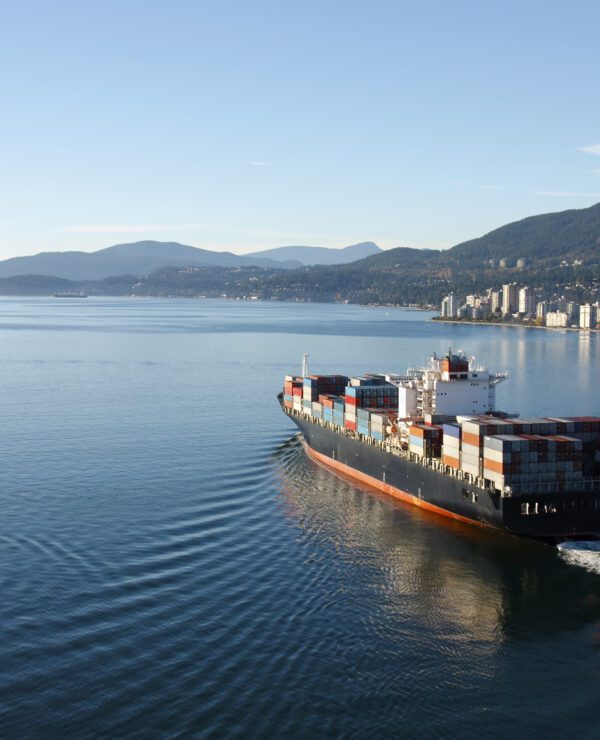Authors
Partner, Competition, Trade and Foreign Investment, Toronto
Partner, Competition, Trade and Foreign Investment, Toronto
This is the first in a series of periodic commentaries on Canada — U.S. trade issues from Osler’s International Trade team. As events unfold — whether weekly, daily, or even hourly — we will publish our insights and identify critical issues for our readers.
After 35 years of mostly duty-free bilateral Canada-U.S. trade, businesses, having organized themselves for a North American market, and accustomed to moving goods easily across an open border, are now forced to make provision for punitive U.S. tariffs, retaliation in kind by Canada, and the spectre of an all-out trade war.
From a Canadian perspective (and likely for many Americans as well), the initial question that often comes up is: what is the strategy underlying the Trump tariff threats, and the aggressive demands used to support them?
While President Trump’s expressed reasons for supporting tariffs, and the countries to which they will apparently be applied, are often inconsistent and untethered to accepted economic theory and history, or even facts, there are a couple of possible threads that can be stitched together that might offer some coherence.
First, it has been widely reported that the Trump administration may want to renegotiate the USMCA or CUSMA (the trade agreement that replaced the NAFTA) before July 1, 2026, when the agreement is scheduled to be reviewed by the parties under its current terms. Under this train of thought, the threat of tariffs are therefore being used to create pressure, atmosphere, and leverage for U.S. demands in a near horizon CUSMA renegotiation — meaning the tariffs are likely to be short-term and subject to the renegotiation strategy.
Second, and this was made explicit in President Trump’s televised remarks made to the World Economic Forum last week, tariff threats are being made to allies (the European Union, along with Canada and Mexico, was mentioned critically by Trump). These threats are being made not only to preserve and reinforce U.S. domestic manufacturing capability and his desire for an American manufacturing “renaissance”, but also to induce other countries to forgo manufacturing in their domestic markets and instead invest in manufacturing in the U.S.. Logically, this would mean that high long-term tariffs are necessary as a permanent inducement to invest in the U.S. In idiomatic terms, tariffs are the stick alongside the carrot to induce investment in the U.S., including low tax rates, limited regulation, “Buy America”, and other America First policies yet to be articulated.
Against this backdrop, there are several key issues for Canadian and U.S. companies engaged in cross-border trade to consider:
- When will tariffs start?
- What will be subject to tariffs?
- How can businesses protect themselves?
When: Prior to his inauguration, Trump threatened 25% tariffs on Canada and Mexico on “day one”. Later on during inauguration day, he suggested February 1, 2025 as a new target date.
While February 1 is not impossible, it is at odds with the timing of the reports mandated by the President’s own America First Trade Policy memo (Memo} also issued on inauguration day. The Memo instructs members of his cabinet and other senior economic officials, many of whom are not yet appointed, to review and investigate a range of trade and national security concerns and to submit reports recommending appropriate actions or measures, if any, to address them. The reports on issues that could serve as a basis for most tariffs on Canada are due April 1, 2025.
Also pointing toward a later date, independent of the Memo, most of the legal instruments that could be used to impose tariffs require investigations and reports by U.S. departments or agencies before action is taken. An exception is the International Emergency Economic Powers Act (IEEPA), which simply requires a President to declare a national emergency to effect measures to address that emergency immediately. However, under the Memo, the emergency he has cited in case of Canada — unlawful migration from Canada into the U.S.. and fentanyl flows — is to be the subject of a report by April 1.
On what: Actions by the first Trump administration on steel and aluminum suggest industrial goods are most likely to be in the crosshairs. And to answer a question we have been asked on several occasions: while some of the legal instruments that could be used to impose tariffs on Canada could also permit charges to be imposed on services, nothing we have seen suggests U.S. measures would target cross-border trade in services (where the U.S. enjoys a large trade surplus with Canada) and doing so would be administratively far more complex than imposing tariffs on goods.
Whether U.S. tariffs on Canadian-origin exports (or on exports from Canada — they are not necessarily the same thing) are across-the-board or targeted may depend on the degree of pushback by American businesses and the Republican caucus in Congress. This is why Canadian retaliation is likely to initially target substitutable goods produced in swing states, and the states or districts of Republican congressional leaders.
However, limited initial retaliation, although preferable from an economic perspective, may be politically fraught for Canadian officials, particularly if the U.S. imposes high tariffs on a much greater range of Canadian goods than just steel and aluminum.
What can businesses do: Bearing in mind that these strategies may need to be changed or re-visited depending on emerging circumstances — including whether, for the reasons described above, the U.S. tariffs are likely to be enduring and broad-based — businesses should consider tariff mitigation strategies, including
- updating commercial agreements to allocate/share tariff risk, including the use of different Incoterms, and price escalation and tariff risk-related termination clauses
- moving goods across the border ahead of tariffs, which are unlikely to be retroactive. Therefore stockpiling may be feasible for some products
- cross-border pricing and sales strategies, including related party pricing, to lower the dutiable value of goods
- product exclusion, duty remission or drawback applications
- restructuring supply chains, depending on which goods are subject to tariffs or other measures (e.g. whether tariffs apply to Canadian originating goods or all exports from Canada, or whether third country goods are also subject to U.S. tariffs)


